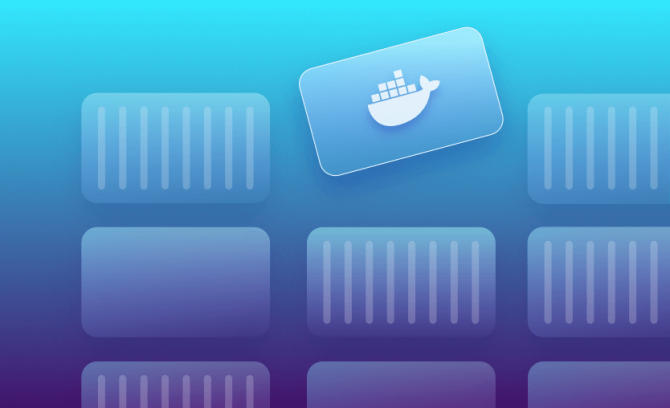
Docker remains the most popular developer-oriented containerization platform, making it easy to build, run, and share containers in isolated environments. However, in 2024, you have a range of alternatives to consider, each with its own strengths and features. Below, we’ll explore 12 Docker alternatives that provide various options for building and deploying containers.
Should You Use Docker in 2024?
In 2024, Docker is no longer the only option for containerization. By choosing an alternative, you can address Docker’s shortcomings, such as the need to run the Docker daemon or the desire to use the same container technology in both development and production environments. Some alternatives can serve as full Docker replacements, while others enhance specific parts of the container ecosystem, such as image building or simplifying operations.
Can You Use Containers Without Docker?
While Docker popularized containers, it is no longer the only tool available. The Open Container Initiative (OCI) has standardized container fundamentals, ensuring that OCI-compatible tools—like Docker—can create and manage container images and runtimes. This means you can use any OCI-compatible platform to work with existing Docker images.
Popular registries like Docker Hub still provide access to a wide range of container images, even if you’re using a Docker alternative.
Top Docker Alternatives for 2024
Here are 12 Docker alternatives to consider for your containerization needs:
1. Podman
Podman is a daemonless, OCI-compliant tool that can replace Docker. It works on Windows, macOS, and Linux, offering a CLI compatible with Docker. For example, you can run podman run instead of docker run. Additionally, Podman Desktop serves as an open-source alternative to Docker Desktop, simplifying container management.
2. containerd and nerdctl
containerd is an OCI-compliant container runtime, and nerdctl provides a Docker-compatible CLI for interacting with it. This combo is slightly more complex to set up than Docker, but it gives you more control over your container infrastructure.
3. LXC
Linux Containers (LXC) offer a more VM-like experience by providing system containers with a full operating system. It’s ideal when you need to run multiple workloads or have more control over the OS inside your container.
4. runc
runc is a lightweight OCI-compliant container runtime focused on starting new containers. It’s typically used as part of larger container solutions like containerd but can also be run independently through your scripts and tools.
5. Rancher Desktop
Rancher Desktop is an open-source alternative to Docker Desktop that bundles Kubernetes support, container runtimes, and CLIs like nerdctl. It’s a comprehensive solution for developers who need to work with containers on their desktop.
6. Kubernetes
Kubernetes (K8s) is the most popular container orchestration solution, used for deploying and managing containerized workloads in clusters. It supports OCI images and provides automated scalability, high availability, and fault tolerance.
If you’re looking to simplify Kubernetes management, tools like Spacelift can help by automating compliance checks and providing GitOps flows for smoother deployments.
7. Red Hat OpenShift
Red Hat OpenShift is a commercial Platform-as-a-Service (PaaS) solution built around Kubernetes. It’s widely used by large organizations for managing containerized applications at scale, providing a fully managed Kubernetes experience.
8. Hyper-V Containers
Windows Containers use Windows Server technology to run containers on Windows hosts. For enhanced security and isolation, you can run containers inside Hyper-V VMs.
9. Buildah
Buildah is a tool specifically designed for building OCI-compliant images. It doesn’t run containers, making it a lightweight solution for image creation, especially if you don’t need to use a full container runtime.
10. OrbStack
OrbStack is a fast, lightweight alternative to Docker Desktop for macOS users. It offers full Docker and Kubernetes support, making it an excellent choice for macOS developers working with containers.
11. Virtual Machines
For certain use cases, traditional virtual machines (VMs) may be more appropriate than containers, especially when you need full hardware isolation or persistent environments. Tools like VMware Workstation or VirtualBox are ideal for these scenarios.
12. Platform-as-a-Service (PaaS) Solutions
PaaS solutions like Heroku, AWS Elastic Beanstalk, and Google App Engine automatically manage containers for you. These services simplify deployment but can lead to vendor lock-in and may not always align with local development environments.
Key Takeaways
While Docker remains a popular tool for containerization, its alternatives offer a variety of features that might better suit your specific needs. Whether you’re looking for more control, reduced overhead, or improved performance, there’s a containerization solution available. The container ecosystem continues to evolve, and selecting the right tool depends on your individual use case. Consider experimenting with these alternatives to find the best fit for your development and production workflows.